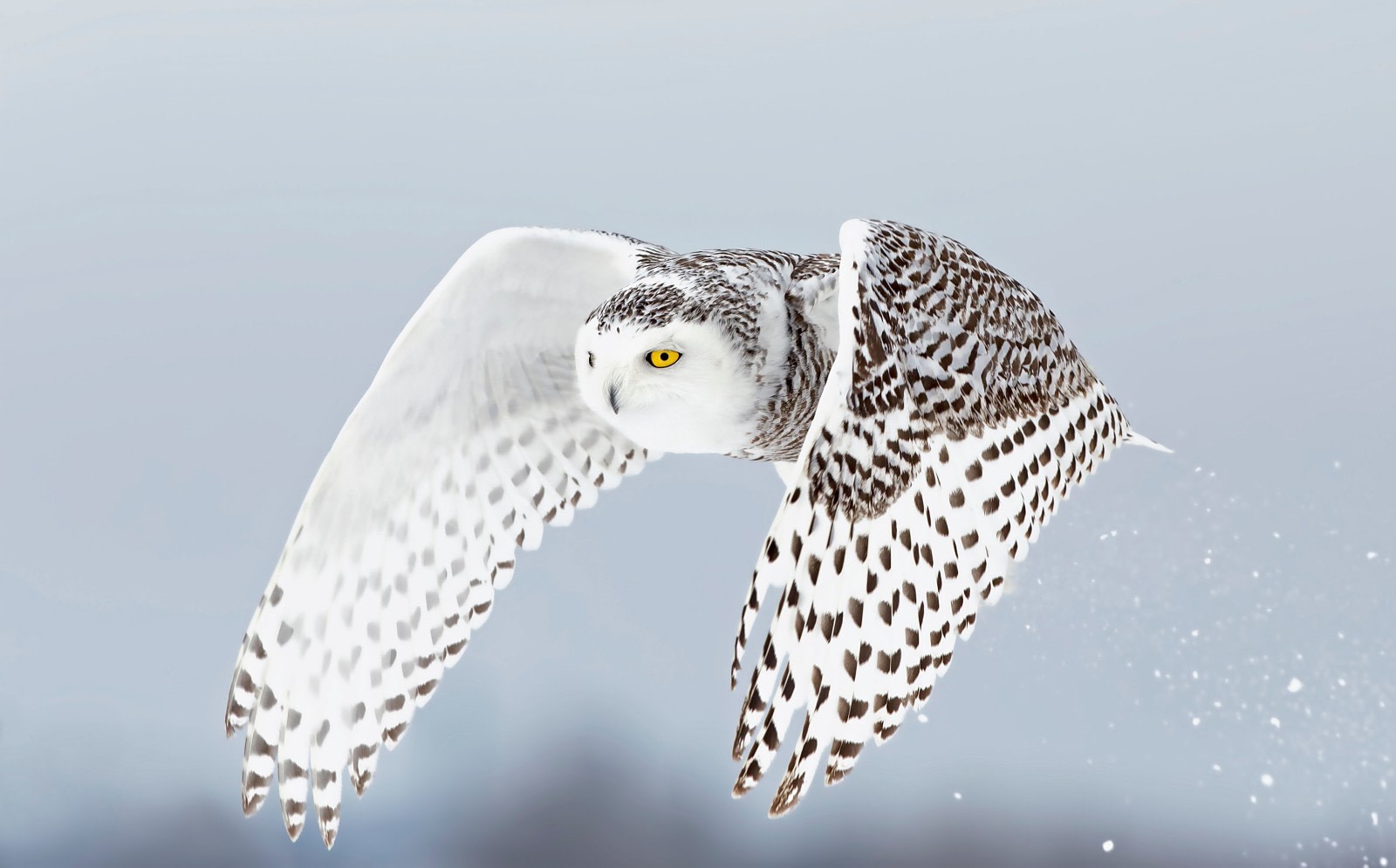
Ever wondered why snowy owls are such fascinating creatures? Well, you're about to find out! These majestic birds, cloaked in their pristine white feathers, have captivated hearts and sparked curiosity across the globe. But what makes them so special? From their unique hunting methods to their incredible migration journeys, snowy owls hold secrets that are just waiting to be uncovered. Snowy owls are not just any ordinary bird; they're a symbol of the wild, untamed beauty of nature. So, buckle up as we dive into the world of these magnificent creatures. You'll be amazed at what you learn about their habits, habitats, and the sheer resilience they exhibit just to survive. Ready to get your mind blown by some cool facts about snowy owls? Let's get started!
Key Takeaways:
- Snowy owls are unique for being diurnal hunters with stunning white plumage. They migrate based on lemming availability and face threats from climate change and human activity.
- Snowy owls' adaptations to the Arctic include insulated plumage, feathered feet, and binocular vision. They symbolize wisdom and endurance in various cultures.
What Makes Snowy Owls Unique?
Snowy owls stand out in the avian world for several reasons. Unlike most owl species, snowy owls are diurnal, meaning they hunt during the day. This behavior contrasts sharply with the nocturnal habits of most other owls. Their stunning white plumage, which helps them blend into their Arctic surroundings, is another distinctive feature. This camouflage is crucial for hunting and evading predators in the snow-covered landscapes they call home.
-
Snowy owls are one of the few owl species that are almost entirely white, with males becoming whiter as they age.
-
They possess large, powerful talons and a wingspan of up to 5 feet, making them formidable hunters.
Habitat and Migration Patterns
Snowy owls inhabit the Arctic tundra of North America and Eurasia during breeding season. When winter arrives, they migrate south but how far south varies each year. Some years, they may only move to the southern parts of Canada, while in other years, they venture into the United States, and occasionally, they're spotted as far south as Texas or Florida.
-
These birds are highly nomadic, and their migration patterns are not just driven by the seasons but also by the availability of their preferred prey, lemmings.
-
In years when lemming populations are low, snowy owls have been known to travel great distances in search of food.
Diet and Hunting Techniques
Snowy owls are carnivorous, with a diet that primarily consists of small mammals. Lemmings are their favorite, but they will also hunt other rodents, rabbits, and birds.
-
An adult snowy owl eats around 3-5 lemmings per day, which translates to roughly 1,600 lemmings per year.
-
These owls hunt mainly from the ground, using their keen sense of sight and hearing to locate prey under the snow.
Reproduction and Lifespan
Snowy owls have unique breeding habits compared to other owl species. They nest on the ground, making shallow scrapes on high points of the tundra where they can keep watch for approaching predators.
-
Females lay a clutch of 3-11 eggs, with the number often depending on the availability of food.
-
Snowy owls can live up to 10 years in the wild, though some have been recorded living longer in captivity.
Conservation Status
Despite their widespread fame and popularity, snowy owls face several threats in the wild. Climate change poses a significant risk to their habitat in the Arctic tundra. Additionally, during their migration, they often encounter dangers such as collisions with vehicles and airplanes.
-
Snowy owls are currently listed as "vulnerable" by the International Union for Conservation of Nature (IUCN).
-
Conservation efforts are in place to protect their habitat and mitigate threats from human activity.
Snowy Owls in Culture
Snowy owls hold a special place in various cultures and have been featured in literature and film. Perhaps most famously, a snowy owl named Hedwig played a prominent role in the Harry Potter series.
-
These owls are often seen as symbols of wisdom and endurance, likely due to their impressive hunting skills and ability to thrive in harsh Arctic conditions.
-
In some Native American cultures, snowy owls are considered sacred and are associated with magic and prophecy.
Adaptations to the Arctic Environment
Surviving in the Arctic requires special adaptations, and snowy owls have several. Their thick plumage not only provides camouflage but also insulation against the cold. Their feet are heavily feathered, acting like natural snowshoes.
-
Snowy owls have a lower metabolic rate compared to other birds, which helps them conserve energy in their frigid habitat.
-
Their eyes are positioned at the front of their face, giving them binocular vision, a crucial adaptation for accurately gauging the distance to their prey.
-
Lastly, snowy owls can rotate their heads up to 270 degrees, allowing them to scan their surroundings without moving their bodies, an essential skill for spotting prey and predators in the wide-open landscapes of the Arctic.
A Final Glide Through Snowy Owl Skies
Snowy owls are more than just stunning creatures; they're symbols of the wild's untamed beauty and resilience. From their unique adaptations to their mysterious migrations, these birds captivate nature lovers and scientists alike. They remind us of the importance of conservation efforts to protect not only them but also the fragile ecosystems they inhabit. Whether perched silently in a snowy field or soaring across a crisp blue sky, snowy owls hold a special place in the natural world and in our imaginations. Let's keep learning, sharing, and taking action to ensure these magnificent birds grace our skies for generations to come. Remember, every fact we uncover about snowy owls brings us closer to understanding the intricate tapestry of life they're part of.
Frequently Asked Questions
Was this page helpful?
Our commitment to delivering trustworthy and engaging content is at the heart of what we do. Each fact on our site is contributed by real users like you, bringing a wealth of diverse insights and information. To ensure the highest standards of accuracy and reliability, our dedicated editors meticulously review each submission. This process guarantees that the facts we share are not only fascinating but also credible. Trust in our commitment to quality and authenticity as you explore and learn with us.


